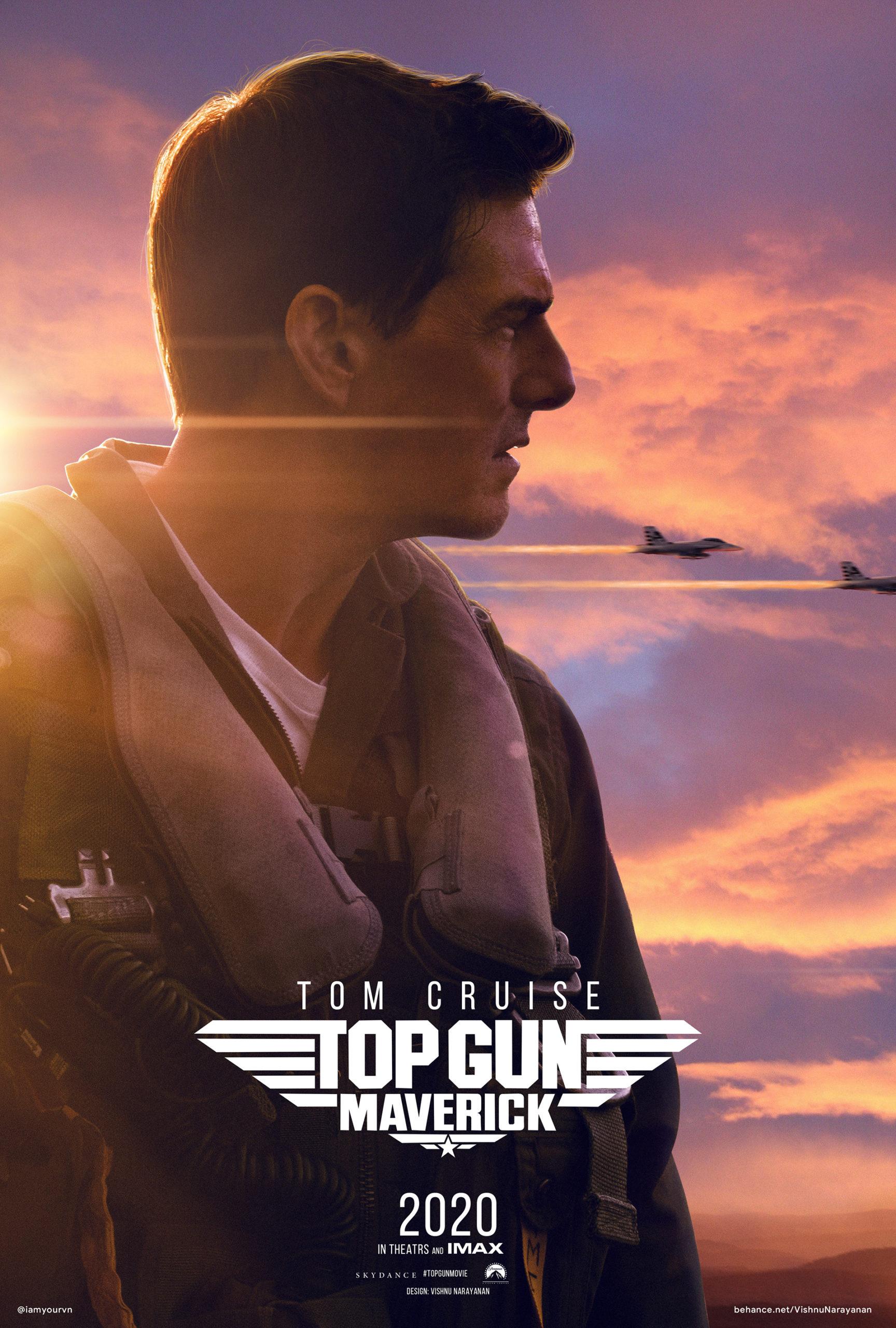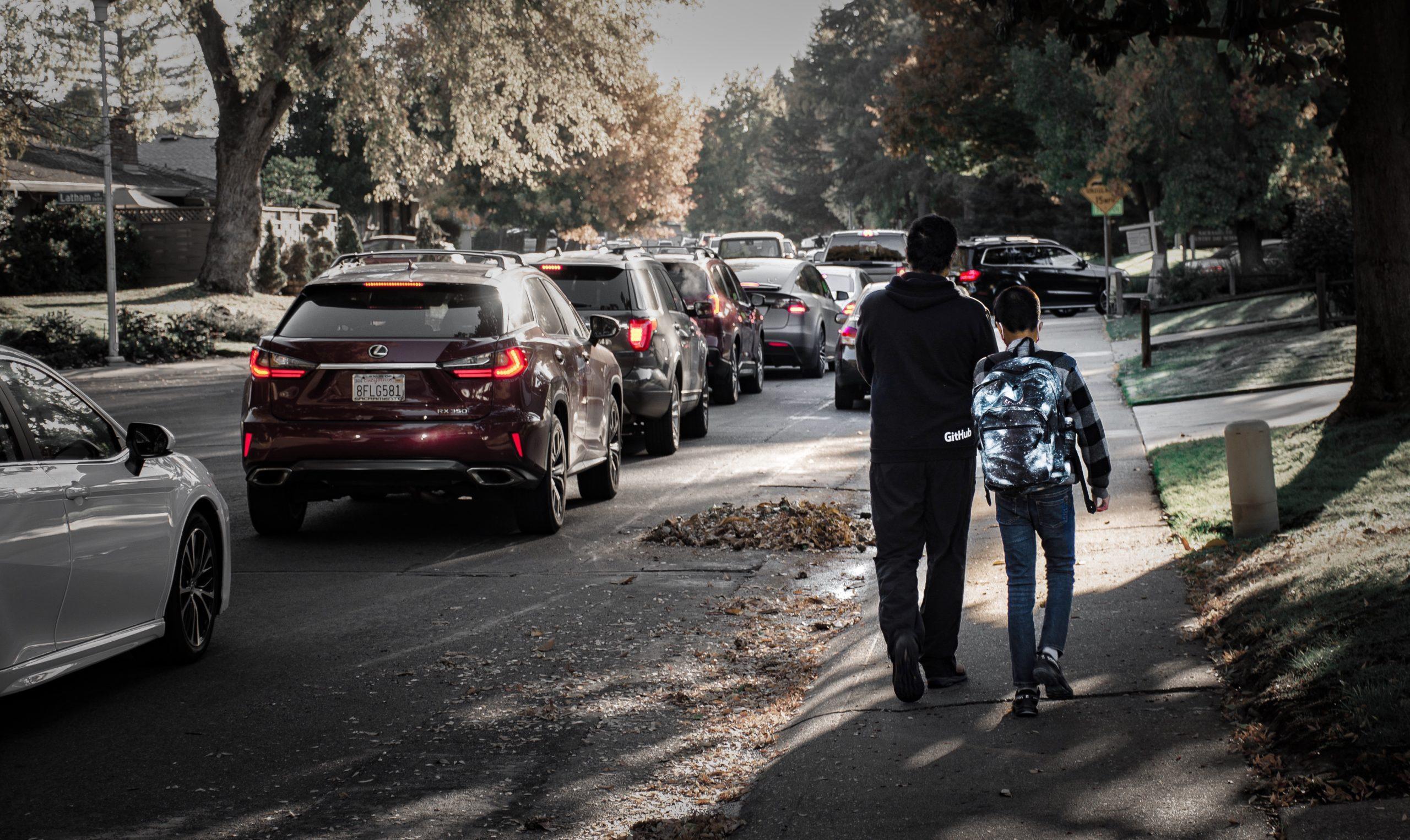“Top Gun: Maverick” soares over predecessor with full throttle action, feel-good nostalgia 
An exhilarating, gravity-defying, high-octane masterpiece, “Top Gun: Maverick” exceeds expectations with breathtaking visuals and action, earning multiple Oscar nominations and winning the award for Best Sound.
The movie, produced by Paramount Pictures, opens with the same text spread as Tony Scott’s original “Top Gun”:
“On March 3, 1969, the U.S. Navy established an elite school for the top one percent of its pilots. Its purpose was to teach the lost art of aerial combat and to insure that the handful of men who graduated were the best fighter pilots in the world.”
It’s a nostalgic callback, as star Tom Cruise reprises his breakout role as Captain Pete “Maverick” Mitchell, who graduated from Top Gun and is called back to teach there.
Cruise flaunts the same go-lucky, reckless charm he did in the original “Top Gun,” although the new movie takes place over 30 years later — a testament to Cruise’s enduring charisma and screen presence.
Maverick’s devil-may-care attitude and persistent smirks are as enthralling as ever, making it hard not to root for him.
Other callbacks, such as Maverick’s iconic bomber jacket and aviator sunglasses, are a welcome nod to the original and do not detract from the immersion or experience of a first-time scholar.
However, Maverick’s increasing age and consistent defiance of authority places him ever closer to getting grounded from flying.
After an almost suicidal stunt that disintegrates an experimental aircraft, Maverick is told by Admiral Chester Cain (Ed Harris) that this behavior won’t fly — literally.
Maverick is then placed on his “last post,” where he is tasked with training each Top Gun class’ top graduates for a “Mission: Impossible”-esque mission: destroying an unsanctioned uranium enrichment plant deep in enemy territory.
The pressure is on as Maverick trains the group of hotshot pilots, including the son of his late wingman, Bradley “Rooster” Bradshaw (Miles Teller).
This group is noticeably more diverse than the original Top Gun class, reflecting a more inclusive and modern military.
Director Joseph Kosinski’s casting of Miles Teller as Bradley Bradshaw is a stroke of genius, as the actor bears an uncanny resemblance to Goose and delivers a solid and emotionally charged performance.
The film’s action sequences are real, with minimal CGI, which adds to the authenticity and thrill of the movie. The dogfight scenes are a backseat adrenaline junkie’s dream, with planes flying at breakneck speeds and performing awe-inspiring stunts.
The sound design and visuals in “Top Gun: Maverick” are exceptional, immersing the audience in the high-stakes environment of aerial combat. The roar of engines, the intensity of dogfights, and the stunning visuals were crisp and eye-catching.
The sound of the jet engines in particular add a visceral layer to the experience, making every aerial maneuver feel real and thrilling.
As for the romance element, Maverick’s relationship with Penny Benjamin (Jennifer Connelly) felt organic and engaging, adding an emotional depth to the film. Their chemistry was palpable and their scenes together managed to strike a perfect balance between heartwarming and tense.
However, the film lacks the depth and development that was present in the first film.
Fans already know that Maverick has an unquenchable thirst for action, but see little to no personal growth from a character whose time in the air is rapidly coming to a close.
At one point in the movie, Cain reminds Maverick that the future is fast approaching, and it may not necessarily include him. Similarly, Admiral “Iceman” Kazansky, portrayed by Val Kilmer, poignantly urges Maverick to accept the changing tides and move on.
Yet, the film misses the opportunity to show Maverick meaningfully passing the torch to a new generation of pilots.
Instead, the sequel leans heavily on nostalgia, which ultimately leaves it feeling somewhat uninspired. By not allowing Maverick to evolve and embrace the future, the film misses the mark in delivering a truly engaging and memorable story.
While the film’s plot and character development may fall short from a critical perspective, its thrilling action sequences and visual spectacle make it an enjoyable experience for audiences.
Despite these criticisms, “Top Gun: Maverick” is a worthy sequel that pays homage to what once was — capturing the spirit of “Top Gun” while reminding Hollywood of exactly what the paragon of action looks like.
Tom Cruise proves that he’s still got it, and the film underscores the importance of the Top Gun program in training the best fighter pilots in the world.
“Top Gun: Maverick” serves as a statement about the general action movie mold, with unrealistic plots but enjoyable visuals. While these films might not tick all the boxes for critical acclaim, they still hold a special place in the hearts of audiences.
The success of “Top Gun: Maverick” suggests that this action model can and should remain relevant in the streaming era. Grossing $1.4 billion dollars globally since its opening on May 27, 2022, “Top Gun: Maverick” excels in its role: proving that CGI isn’t needed to create a great action movie and that the human element can be just as effective.
It serves as a classic American blockbuster done to perfection, with a fresh yet critical take on the action genre.




